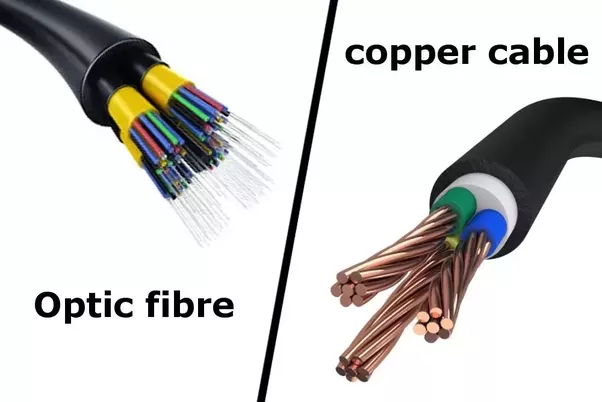- Related articles
- Optical Transceivers for Cisco WS-C3750V2-24TS-S Switch
- All Cisco CWDM-GBIC-1550's information (List price, Specs, Datasheet PDF, Compatibility ma
- Optical Transceivers for Cisco SRW208G-K9-G5 Switch
- Things You Need to Know About 4-port PCIE Network Card
- What are SFP ports used for?
- Difference between XENPAK and GBIC
- Optical Transceivers for Cisco WS-C2960-48PST-S Switch
- All Cisco ONS-SI-GE-SX's information (List price, Specs, Datasheet PDF, Compatibility matr
- What is Opto Electronics?
- Optical Transceivers for Cisco SG500-28MPP-K9-G5 Switch

Introduction
It is a fact that the Fiber optic technology is far much faster the copper in the transmission of data. One of the major reasons is that the fiber optic technology transmits data in form of pulses of light while the copper wires transmit data in form of electrical currents. Therefore, there is less resistance along the fiber optic as compared to copper wire.
Discussion
Ever since it was introduced, fiber optics have had a massive impact on broadband speeds. In fact with international internet connections of 100 Mbps in downstream speeds becoming the norm, it is easy to forget that before these speeds were achievable we first used the copper infrastructures created by the older telephone companies to transfer all of our data.
What is the difference between Copper and Fibre Optics?
The fundamental difference between copper and fiber optics is how they transmit the data. Traditional copper wires transmit electrical currents in much the same way as normal telephone wires do. Fiber optic technology, however, sends pulses of light generated by a light-emitting diode or laser along optical fibers. With copper, the power of the signal carried is directly determined by how much of the signal is retained by the time it reaches its destination. Fiber optics, on the other hand, conserve the data being sent by not allowing light to stop in the middle. This makes fiber optics not only faster but also more efficient.

Comparison between fiber optic and copper wire
1. Fiber optics offer greater bandwidth
Fibre provides a standardized bandwidth performance up to (and often exceeding) 10 Gbps, something that it is impossible to do when using copper. This is because fiber can carry more information with greater fidelity than copper wire.
2. Fiber is faster and more efficient over long distances
Thanks to the fact that fiber optic signals are made of light, there is a very little signal loss that occurs during data transmission. Because of this, the data is able to move further and at greater speeds. Copper, on the other hand, has a 100-meter distance limitation if unshielded twisted pair copper is used without a booster.
3. Fiber optics are more secure
Fibre cable doesn’t radiate signals and is extremely difficult to tap. In other words, it is much safer than the old copper cables.
4. Fiber is extremely reliable
Fiber is completely immune to almost all of the environmental factors that affect copper cable. This is because the core of each fiber is made of glass, which is an insulator and means that no electrical current can flow through it. Fiber is so resilient in the fact that it is also immune to electrometric interference as well as radio-frequency interference (EMI/RFI). Fiber is even less susceptible to temperature fluctuations than copper and can be submerged in water thanks to its thin, lightweight composition.
Conclusion
The fiber optic cables are faster to transmit data than copper wires due to different properties. After critically comparing these two form of data transmission, the fiber is found to be having less resistance hence data moving faster. Today, Fiber Optic Cables is widely used than copper by many companies.





































































